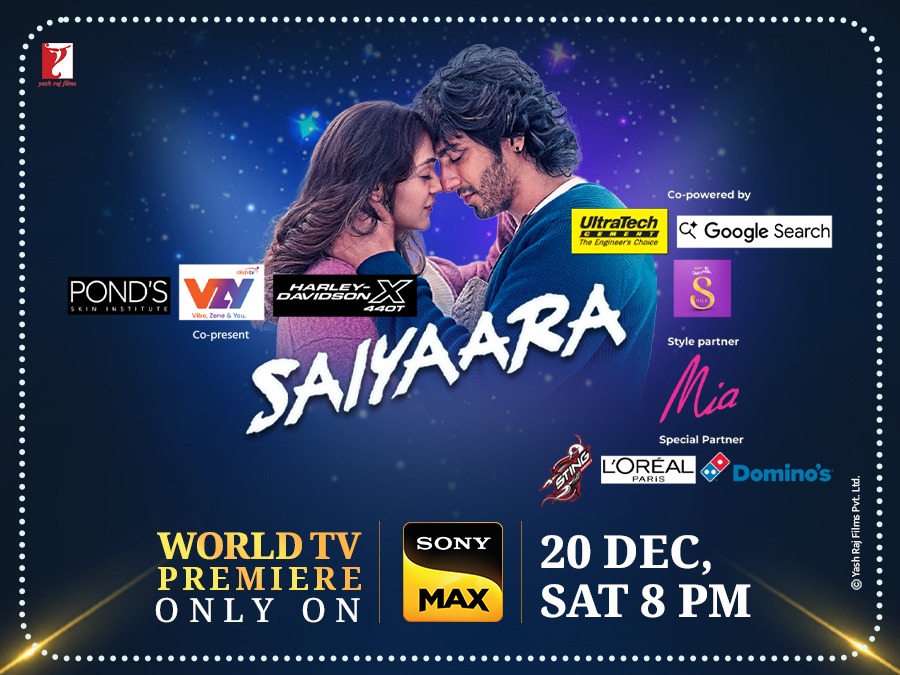/bmi/media/media_files/2025/08/13/snap-attention-advantage-2025-08-13-11-06-38.jpg)
New Delhi: Snapchat, in collaboration with WPP Media and Lumen, has released the "Attention Advantage" report, touted as India's largest multi-platform attention study involving around 3,000 participants.
The report introduces a new metric called Attention per Mille (APM) and claims that Snapchat captures up to two times more attention than conventional platforms, with AR Lenses being more than two times more effective and three times more efficient.
It further asserts that adding Snapchat to media plans can lift overall attention by up to 22%, positioning attention seconds as a superior alternative to traditional metrics like view-through rates or completion rates.
However, industry sources from media agencies and advertisers, who spoke on condition of anonymity, expressed scepticism, viewing the report as more of a sales pitch than objective research.
“Strip away the gloss, and the document looks like a sales deck,” said one media agency professional. “It’s paid for by Snap and WPP, run in a controlled setting by Lumen, and it doesn’t release raw data, platform-by-platform splits, or independent real-world results in India.”
Sources highlighted that the report aims to convince marketers that attention seconds matter more than established metrics, while pitching APM as a fair currency for pricing across platforms.
“Through this report, what Snap wants marketers to believe is that attention seconds are the key, and that Snapchat formats, especially AR Lenses, deliver more at a lower cost,” said a media head of a top electronics brand. “It also suggests that adding Snapchat will raise overall attention for the same budget.”
Yet, these claims are being taken with a pinch of salt, as they stem from a study designed by parties that stand to benefit if attention becomes the primary currency.
“The study pushes non-skippable video plus AR as the winning formula, but there’s no clear evidence that rival platforms were given the same creative lengths, skippability, or native formats,” explained a top executive at a digital agency of a large agency network. “Without parity, attention seconds can be a format story, not a platform story.”
Industry insiders pointed out the lack of ties to real business outcomes. “There’s no independent India result that links attention seconds to incremental sales, no clean room matchback or MMM evidence proving a rupee on Snapchat returns more than on larger platforms at realistic reach,” said a source.
They emphasised that India’s media planning still prioritises reach and time spent, with the report failing to address Snapchat’s active users, share of time, or incremental reach against dominant platforms. “A small platform can look strong on seconds per thousand impressions and still move little in-market,” the source added.
Sources described the report as part of Snapchat’s ongoing push for relevance. “This is just another way to push for advertising on the platform,” remarked an investment head at a media agency.
“If they simply said they’re the best, there would be few takers. That’s how sponsored reports come into the picture-their commissioned studies are released every month or two to show cultural relevance and help agencies include Snapchat in the mix."
Despite Snapchat’s claims of having the largest audience among 13-24-year-olds in India, where Gen Z numbers over 377 million, the platform holds a negligible market share in the advertising ecosystem.
“It will be interesting to see if these reports help Snap claim a bigger pie,” said an industry veteran. “The association with WPP Media is crucial, as they’re tasked with selling Snap’s offerings, but there’s overwhelming overlap with Instagram and YouTube for this demographic.”
Advertisers are always seeking newer, engaged audiences, but sources stressed that platform choice is key. “It all depends on who becomes the go-to for targeting a certain group, for example, TikTok leads in the US for younger audiences, while in India, it’s Instagram,” noted an agency professional.
Snapchat’s multifaceted struggles in India are evident, insiders say, including limited creator traction. “Their creators don’t even get many brand collaborations, which shows the platform’s pull,” commented a source.
“Show at least three India case studies where adding Snapchat delivered higher incremental sales per rupee than the next best plan. If it truly has an attention advantage, the uplift should show in sales at a realistic scale-no lab needed.”
“A new metric where only the sponsor wins isn’t a safe reason to shift money,” said an executive at a large FMCG brand.
“Attention seconds can be a useful diagnostic, but not a substitute for reach at scale, frequency control, independently measured brand lift, and sales data. This has large claims and a controlled test, but lacks the field proof planners need. Until Snapchat shows independent, in-market India lift beating alternatives on sales per rupee, it reads like propaganda dressed as research,” the executive added.
/bmi/media/agency_attachments/KAKPsR4kHI0ik7widvjr.png)
 Follow Us
Follow Us